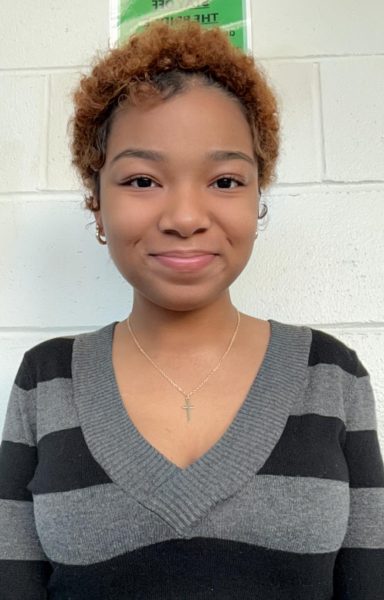October 25th will be the second time I donate blood. The reason I decided to continue to donate is to help those in need. A week after my first donation in January of this year, I received an email from the Red Cross informing me that my blood was donated to an individual with sickle cell disease. According to HealthLinkBC, blood transfusion is an effective and proven treatment and risk reduction process for some severe complications (such as stroke) of sickle cell disease. This moved me, never had I thought that my little pint of blood could affect someone’s life like that.
I wanted to share some information for first-time donors. When you first donate blood, the Red Cross asks many questions. What’s the donor’s weight? What’s the donor’s height? Drinking plenty of water on the day of and before the appointment is suggested. Wear something comfortable and short-sleeved, maintain a healthy level of iron in your diet, and inform them of your current medications. Individuals will receive a mini-physical pass. Be sure to bring an ID and try your best to relax. Most importantly, know that your donation will make a difference.
Although, there are many reasons anyone could want to donate here are some of the reasons you might want to according to the Red Cross. People may donate because they know a loved one in need, were asked by a friend, or believe it’s the morally right thing to do. Regardless, you don’t need a special reason to donate, just the knowledge you’re helping someone else.
There are several different types of donations. The most common blood donation type is Whole Blood Donation. It is also the easiest way to donate. It is used to help multiple individuals and can be separated into its specific components of red cells, plasma, and platelets, the process takes about an hour and each blood type is equally ideal. You can donate whole blood roughly every 2 months (56 days) up to 6 times a year. Next is a Power Red Donation where you give a concentrated dose of red blood cells, the part of your blood used every day for those needing transfusions as part of their care. This type of donation uses an automated process that separates red blood cells from the other blood components. The ideal blood types are O positive, O negative, A negative, and B negative. This type of donation lasts about 1.5 hours. Donors can donate this type of blood roughly every 4 days (112 days) up to 3 times a year. Next, is Platelet Donation, used to treat cancer patients and others facing life-threatening illnesses and injuries. They use an apheresis machine to collect platelets along with some plasma, returning red blood cells and most of the plasma back to the donor. Platelets are collected at Red Cross donation centers only and are not collected at blood drives. The ideal blood type for this procedure is A positive, A negative, B positive, O positive, AB positive, and AB negative. It takes about 2.3 hours and can be done every week, maxing out at 24 times a year. Lastly is Plasma Donation, which is done by giving plasma, a part of blood used to treat patients in emergencies. The ideal blood types are AB positive, and AB negative, it takes around 1 hour and 15 minutes and you can participate in the procedure every 28 days, up to 13 times/per year
If you are passionate about helping someone or are curious about the experience, you should definitely see it if you meet the criteria, provided by the Red Cross. You’ll be helping a handful of people, and can even enjoy a snack or two once finished!
Categories:
My Experience Donating Blood, and Everything You Need to Know
October 24, 2024
Donate to PattonvilleTODAY
$0
$600
Contributed
Our Goal
Your donation will support the student journalists of Pattonville High School. Your contribution will allow us to purchase new equipment and cover our annual website hosting costs.
More to Discover
About the Contributor

Shauntavia Conway, Staff Writer
Shauntavia is a junior at Pattonville High School and is a staff writer for PattonvilleTODAY. Her interest includes gardening and shopping. She additionally did reporting at Hancock Place High School, where she worked on online publications as well as covering yearbook stories since she was a freshman. She enjoys being able to share students’ stories, helping the students become heard, and uncovering unknown aspects of school life.








Brian Murphy – Oct 28, 2024 at 2:14 pm
Great job, Shauntavia! Glad to see you’re still in the journalism biz!
Shauntavia Conway – Apr 22, 2025 at 10:07 am
Thank you Mr.Murphy !